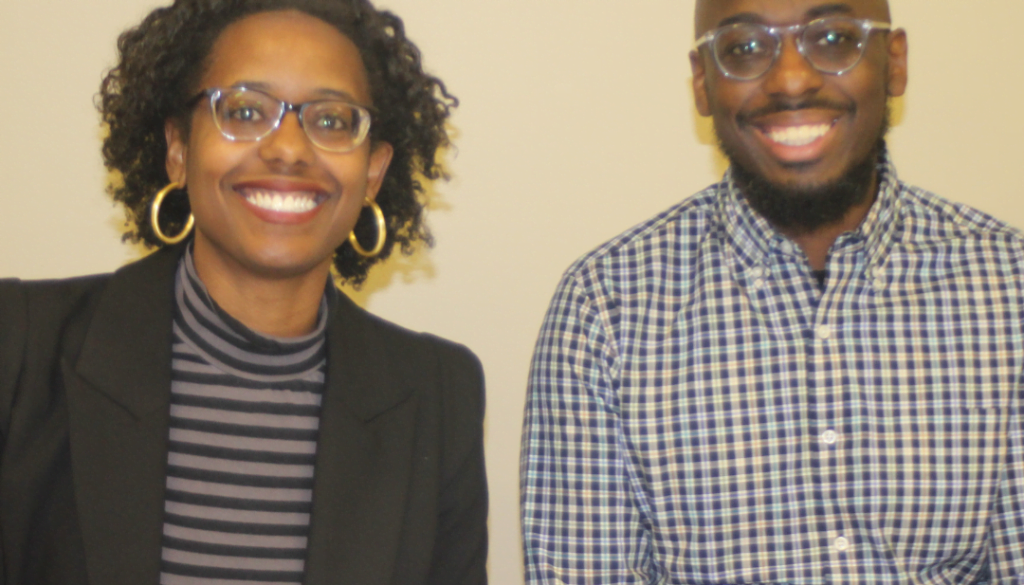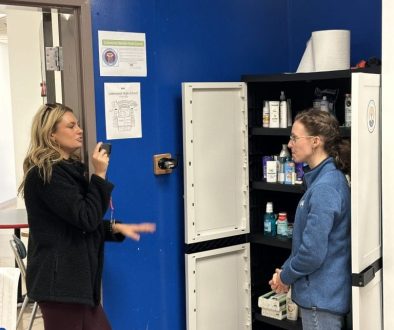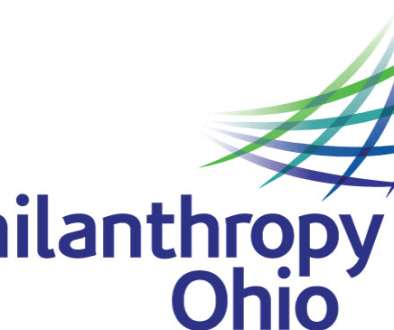DEI in Licking County – Written by: Daranii Asoba
Dr. Brianna Johnson recounts her past, explaining that “DEI chose me based on my life experiences moving around with my family, I was always the new kid […] feeling on the margins”. Diversity, equity, and inclusion (DEI) have become core values in many professional settings as workers shift to become better educated on pressing societal issues. Panelists Averi Frost from COAACC, Maurice Rese Jhordan from Newark City Schools, local musician Richard Brown, and Dr. Brianna Johnson from OSU Newark and COTC spoke their minds on the vitality of diversity, equity, and inclusion; providing ways the community can further implement these values anywhere possible to ensure that nobody, regardless of background, feels placed on the margins of life.
Those unfamiliar with the concept of DEI may be uninterested if it is something that doesn’t directly affect them. This disproportionately leaves people of color to pick up the pieces as Brown says, “It’s really unfair when people who are harmed by the systems have to be the ones to work to change it”. This concept is known as the “black tax”, as black people, among other marginalized people, have to pull the most weight in promoting and enforcing diversity, equity, and inclusion while simultaneously coping with the emotional labor that comes with experiencing systemic discrimination. Our struggles are interdependent, and what may seem small to some will have a lasting impact on the entire community. Not everyone needs to be a professional in the field, but simply supporting people such as the panelists who have platforms within the field, and learning from their leading example to make small steps toward an equitable society will cause change.
Positive change has come about with the rise of social media movements as a result of the pandemic. People are more mobilized than ever but with collective resistance, there will always be opposition. Frost explains that “The more we stay in our corners, the greater the divide gets and rhetoric is spewed”. Social media algorithms are designed to highlight content favored by the user rather than showing both sides of the story. This polarization causes users to only interact with content that aligns with their personal views. Yet this only digs a deeper hole in creating bias. Media and news have the power to amplify or diminish work toward diversity, equity, and inclusion.
Jhordan believes that “Culture is something […that] can be reconstructed or deconstructed whenever we choose to”. Despite the many obstacles limiting the full implementation of DEI in the community, there are many ways to rebuild these systems. The panelists can all agree that diversity can be a business motive. Diversity should not be a place of weariness, but business is one approach to ease people into the subject who have preconceived notions. DEI can make any organization do more productive work, become more profitable, and grow economically. These advancements can be an avenue toward inspiring conversation about more adverse topics outside of diversity as a business commodity. Jhordan jokingly quotes OutKast as we all should “get out, get up, and get something”, yet there is truth in these lyrics as we can always take more initiative to educate ourselves and become the example we want to be led by.
Written by: Daranii Asoba




